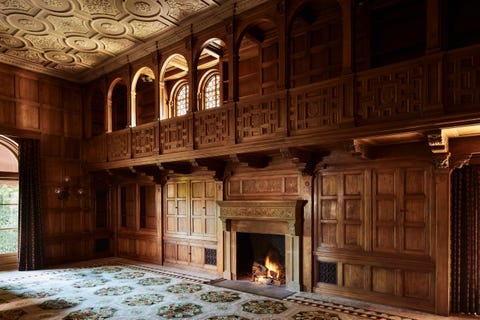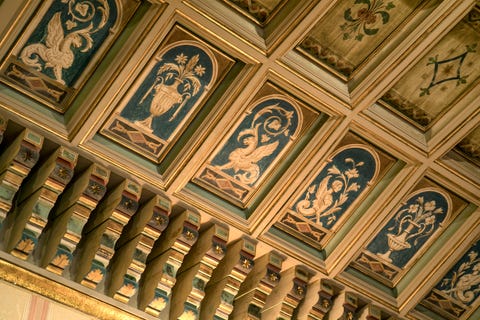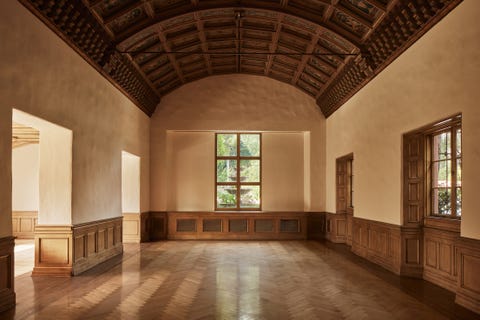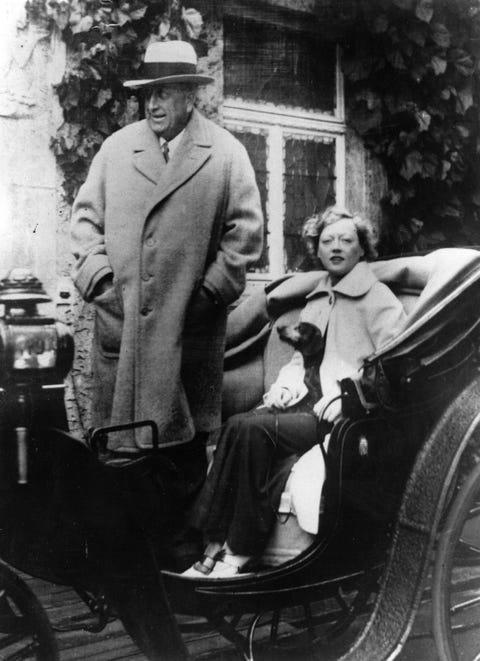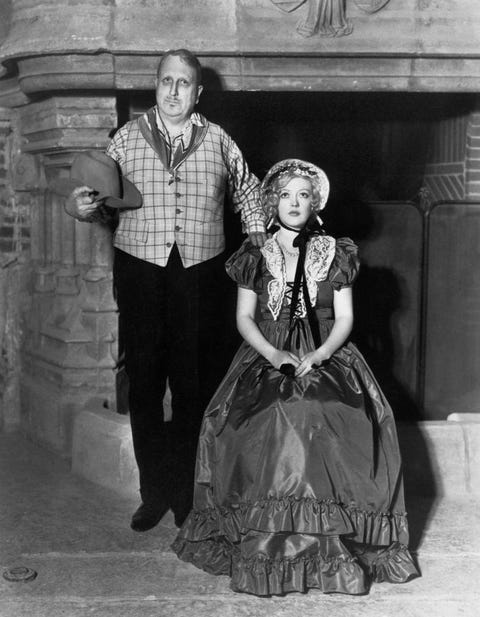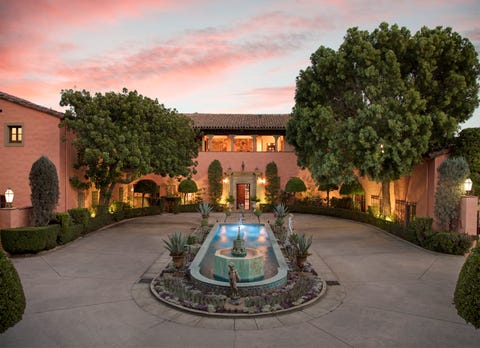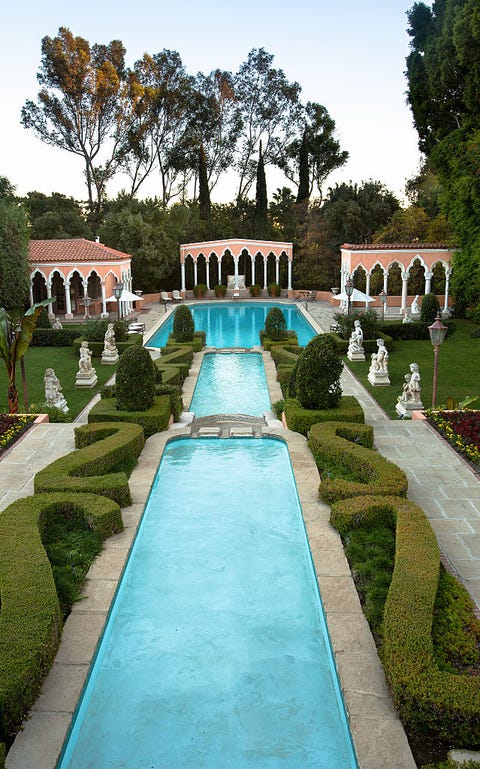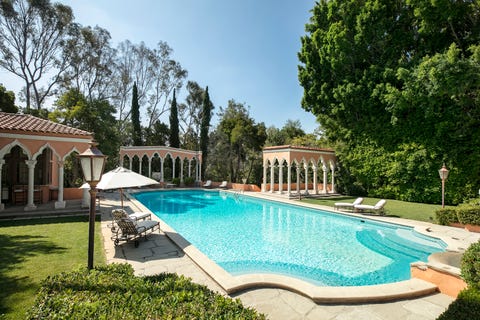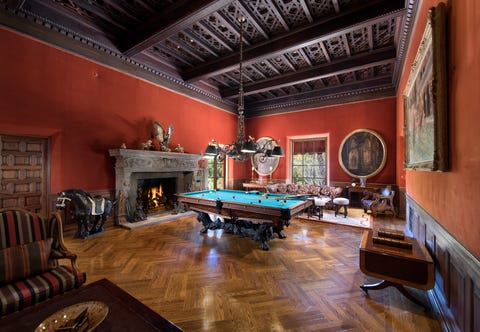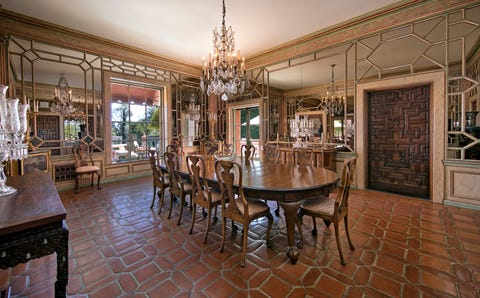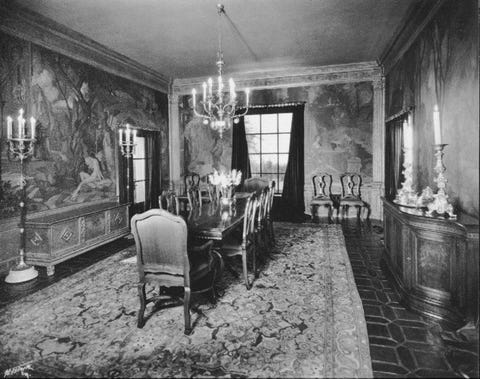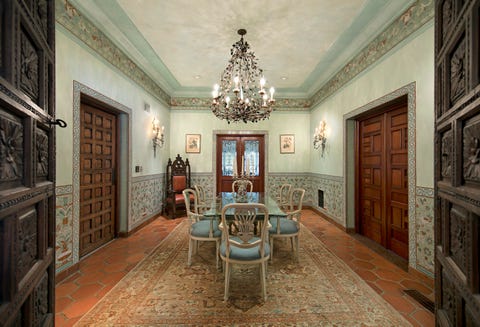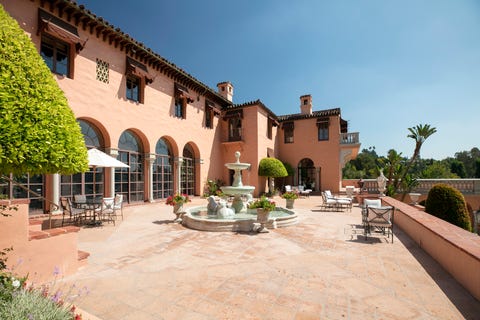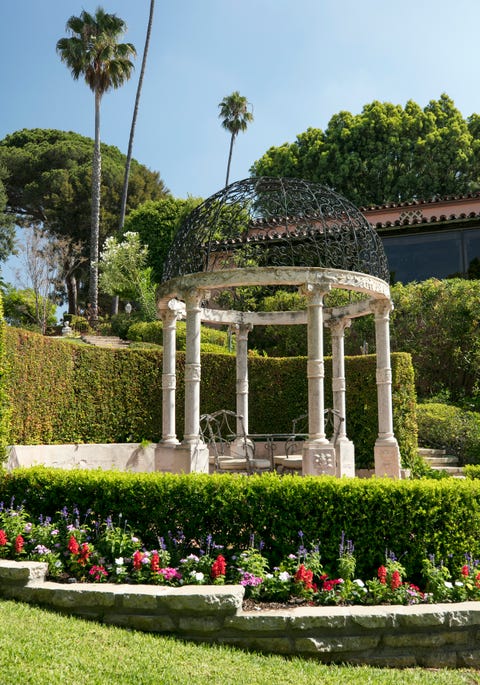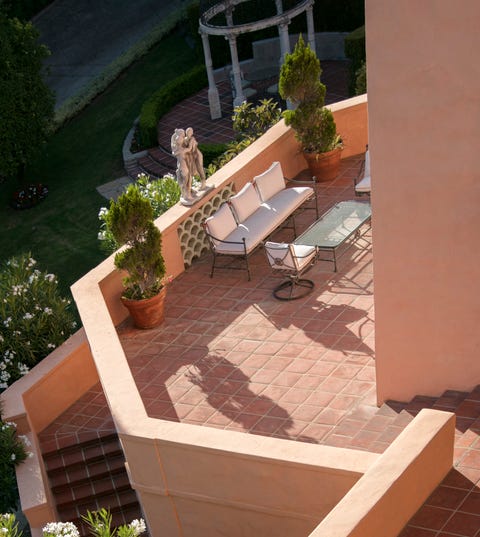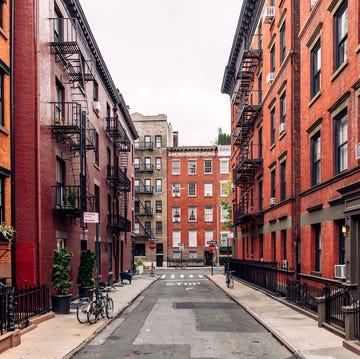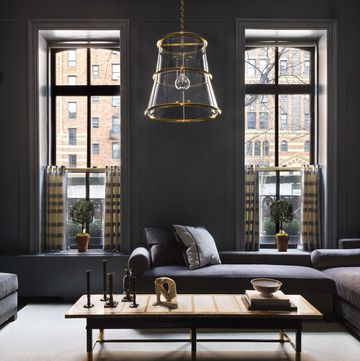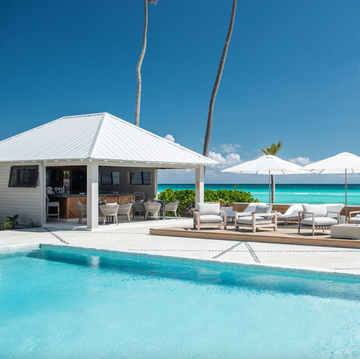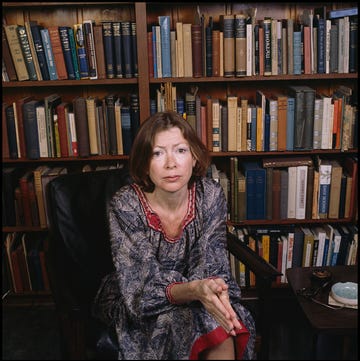Everything You Need to Know About the Famous Beverly Estate
Including which first couple honeymooned there in the 1950s.

If the Beverly Estate's walls could talk, they would have a lot to say. The enormous property, nestled just a mile from the Beverly Hills Hotel, dates back to 1926—and a lot has happened since it was built. It was home to actress Marion Davies and publishing tycoon William Randolph Hearst for 20 years. It was also one of John F. Kennedy and Jackie Kennedy's honeymoon destinations in 1953—and eventually where he and his entire family gathered to celebrate his nomination win following the 1960 Democratic National Convention.
In the 1970s, it became known as "The Godfather House," thanks to its appearance in the award-winning film. And, ever since, it's been front and center in Hollywood, serving as the location for Beyoncé's Black Is King film, as well as Adele's 31st Great Gatsby-themed birthday party. At 50,000 square feet—which includes 28 bedrooms and 38 bathrooms!—it's no wonder this luxury retreat is a celebrity go-to.
To get an insider's perspective, we spoke to historian David Silverman of LA House Histories, who revealed fascinating details about the storied estate—from what's hidden behind the dining room walls to the sentimental reason behind the two-story library. For a peek inside the property's never-ending hallways, cascading ponds, arched ceilings, and more, read on.
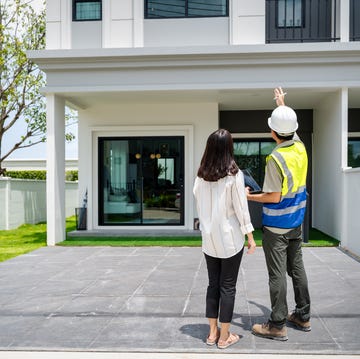
Five Home Inspection Scams You Need to Be Aware Of
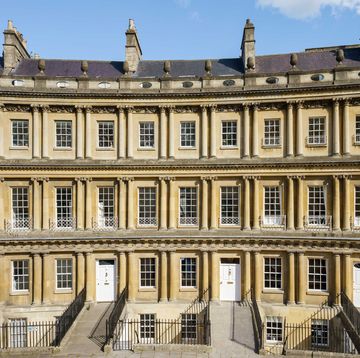
This Townhouse Is Giving Major 'Bridgerton' Vibes
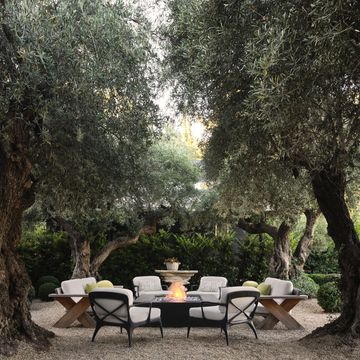
Landscaping That Raises Your Home's Value

Chip and Jo Are Auctioning Off Their Castle

